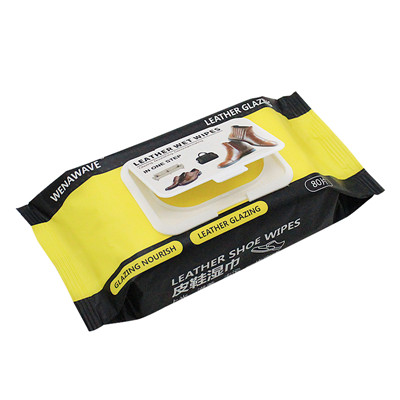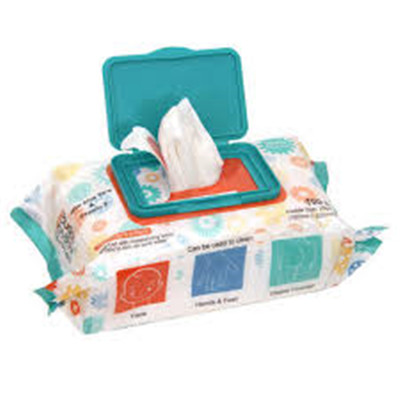Wet wipes are one of the most versatile cleaning tools out there, but they're often misunderstood. Many people think that because they're called "flushable," they can be disposed of in the toilet just like toilet paper. However, this couldn't be further from the truth!
While it is technically possible to flush wet wipes down the toilet, doing so can cause major problems for your plumbing. Wet wipes don't break down like toilet paper does, so they can easily clog up your pipes and lead to a costly plumbing repair bill.
So, what should you do with wet wipes instead of flushing them? Here are a few options:
- Throw them in the trash: This is probably the easiest option. Just make sure to put them in a bag or container so they don't make a mess.
- compost them: If you have a compost bin, you can add wet wipes to it. Just be sure to check with your local composting guidelines first to see if they accept wet wipes.
- recycle them: Some recycling facilities will accept used wet wipes if they're dry and clean.

Wet wipes are an essential part of many people's lives, whether they use them to clean up after a baby, to remove makeup, or simply to freshen up. There are many different types of wet wipes on the market, each with its own specific purpose. Here is a brief overview of the most common types of wet wipes:
Baby Wipes: Baby wipes are delicate wet wipes that are safe for use on babies' skin. They usually contain mild cleansing agents and moisturizers to help keep baby's skin soft and healthy.
Makeup Remover Wipes: Makeup remover wipes are designed to quickly and easily remove makeup without leaving behind any residue. They often contain gentle cleansing agents and moisturizers to help keep skin feeling smooth and hydrated.
Facial Cleansing Wipes: Facial cleansing wipes are formulated to cleanse the face without stripping away natural oils or causing irritation. They often contain ingredients like aloe vera or chamomile to soothe the skin.
Body Wipes: Body wipes are larger than facial cleansing wipes and are designed for use on larger areas of the body such as
Wet Wipes come in different scents, depending on the brand. The most popular scents are citrus, lavender, and eucalyptus.
There are a variety of scents that can be found in Wet Wipe, including:
Lavender, Peppermint, Eucalyptus, Lemon, Orange, Rosemary, Tea tree.

Wet wipes are not biodegradable, but they can be composted.
To compost wet wipes, put them in a container with other compostables like food scraps and yard waste. The microbes in the compost will break down the wet wipes.
It may take longer for the wet wipes to break down than other compostables, but they will eventually decompose.
Most wet wipes are not biodegradable. The plastic fibers in wet wipes do not break down in the environment.
Some companies are making biodegradable wet wipes, but they are not widely available. If you want to use biodegradable wet wipes, you should check the packaging to make sure that they are made from sustainable materials.
The material for making wet wipes is generally a nonwoven fabric. And the fabric is made of short fibers or filaments that are bonded together by means of mechanical, heat, or chemical treatment.
The most common types of nonwoven fabrics used in wet wipes are spunlace, thermal bonded, and meltblown.
Spunlace fabrics are made by entangling fibers with each other using high-pressure water jets or needles. These fabrics are strong and have good absorbency.
Thermal bonded fabrics are made by bonding the fibers together using heat and pressure. These fabrics are less expensive than spunlace fabrics but not as strong. Meltblown fabrics are made by blowing hot air onto molten plastic to create very fine fibers. These fibers are then bonded together using heat and pressure to create a fabric. Meltblown fabrics are very absorbent but not as strong as the other two types of fabric.